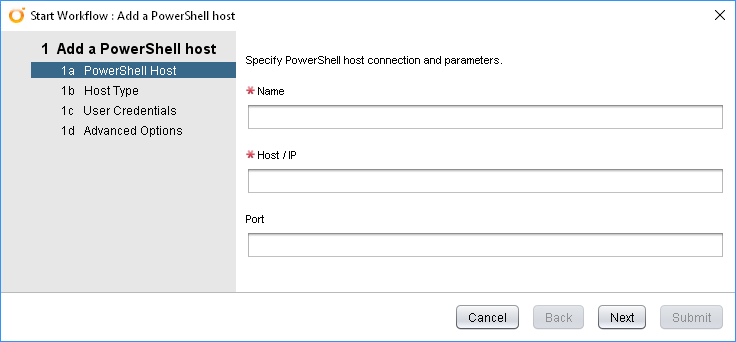vRA 8 and phpIPAM
IP address management (IPAM) is one of those areas that suddenly becomes important when infrastructure automation is implemented. In the past, an IT team may have used an Excel spreadsheet for manually tracking address assignments. When the number of servers being provisioned increases due to automation, this manual approach isn’t viable anymore. An alternative could be to just allow dynamic addressing using DHCP but that raises its own issues (for example, some server-based applications insist on a static address).
There’s a lot of products out there that do IPAM. I’ve previously used the product from SolarWinds, in my home lab I use phpIPAM. In both situations, the use of the IPAM product was similar – a vRealize Orchestrator (vRO) Workflow would request an IP address during the provisioning of a virtual machine. A matching Workflow would execute when the virtual machine was decommissioned, signalling the IPAM system to release the IP address for reuse.
As part of the process in moving my home lab setup from vRA 7.x to 8.x, this is one of the functions I’d like to carry across.
